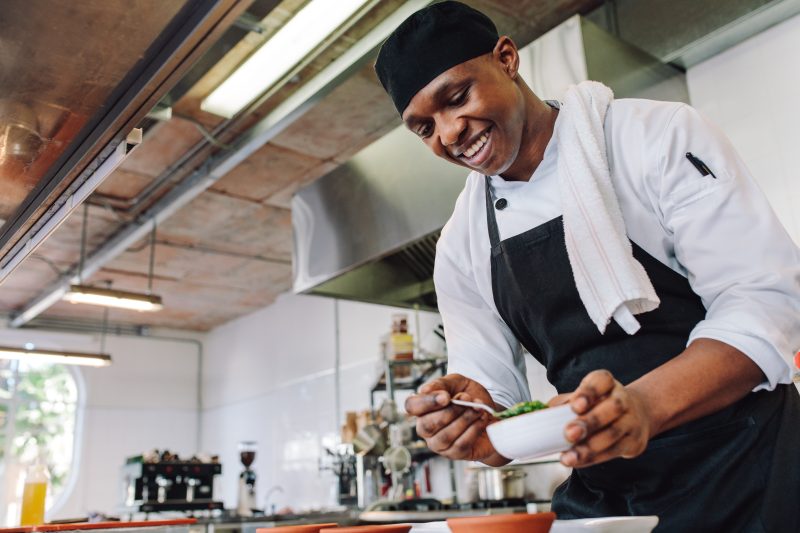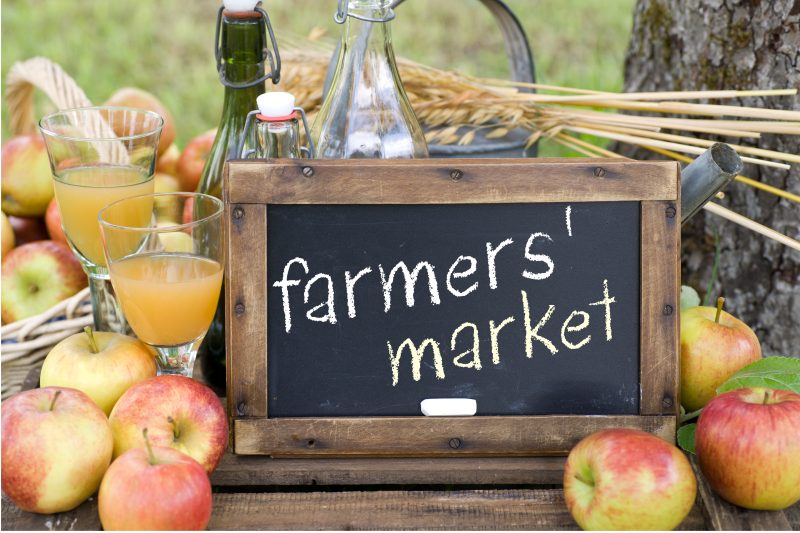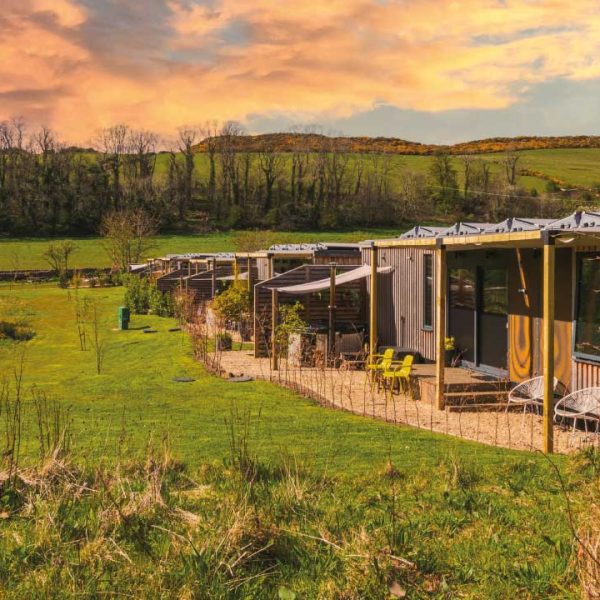 “Sustainable gastronomy” may sound like a rather fancy term but the principles are deliciously simple.
“Sustainable gastronomy” may sound like a rather fancy term but the principles are deliciously simple.
Basically, it means creating food and drink with its environmental, social, and economic impacts front of mind. It spells out the importance of sourcing ingredients locally, minimising waste, and promoting responsible food production and consumption. In this blog we’ll give you a series of tips designed to help you embrace sustainable gastronomy and make it a compelling selling point to attract visitors to your business.
1 Embrace your terroir
Wherever you are in the world your area will have a unique landscape with its own characteristics. It will have its own distinctive flora and fauna and the geology of the soils and the nature of the climate will all impact on what can be grown there. The French call this “ La Terroir” and they are great at celebrating it with wines, cheeses, honeys, and other mouthwatering local specialities that are associated with one particular region and which visitors are encouraged to sample while they are there.
2 Find your local specialities
Every region will have foods that are an integral part of its culture and it’s worth investing some time to think about what guests might appreciate from your area, whether that is local produce, a particular way of preparing a certain dish or an interesting local tipple. If you are in an area with an abundance of one particular ingredient, such as apples, make a feature of that abundance with ciders, apple brandies, apple pastries, compotes, preserves. The only limit is your imagination.
Visitors love this approach as it helps them understand, and feel closer to, local cultures and adds to the immersive experience today’s, more conscious, tourists are looking for. For many there is nothing more dispiriting than to travel halfway round the world, only to be served up the same homogenised and highly processed foods that you can have every day at home. Locals love it because it showcases their culinary skills and benefits the local economy.
3 Be vocal about local
The icing on the cake is that keeping things local means that you aren’t clocking up carbon miles putting food on people’s plates and your visitors will appreciate that too. Being able to tell them that the food and drink they are consuming have only travelled a couple of miles to their plates or, better still, that they have been grown on the premises, is a great thing to be able to do. And often local food producers and suppliers have brilliant stories to tell around the provenance of their food and relaying these to your guests will be both entertaining and reassuring.
4 Celebrate all four seasons
Every season will have its own particular flavour, depending on what foods are available at any given time. These will influence your decisions on what to serve. This is a great opportunity to talk to guests about the care with which you put together your menu to maximise sustainability and the make the most of resources. In the spring summer and autumn months, you will have a vast and varied choice of fresh ingredients whilst winter might be an appropriate time to talk about and demonstrate the many creative ways you can store and preserve ingredients with delicious chutneys and warming relishes.
5 Celebrate nature’s bounty
Many foods will grow naturally in your area and foraging for these can be a very attractive and cost effective addition to your sustainable gastronomy offering – working within the principle of only taking what you need – if in doubt use a 30% rule – never taking more than a third of what is available. Mushrooms, wild garlic and leeks and other naturally occurring are a great addition to any recipe. Similarly wild meats such as venison, trout, pigeon and rabbit will all persuade your guests of your commitment to using local produce and reaping the rewards of a wild harvest. Care should be taken to gather these sustainably, ethically and with due care for the precious ecosystems from with they are sourced. Explaining how and why you do this will also help make guests aware of the biodiversity of the area and the ways in which you are supporting and appreciating it. And remember, if in doubt leave it out! If you’re unsure about whether something in edible to eat, its best to avoid it completely. The Woodland Trust (based in the UK) have a good guide to responsible foraging.
6 Waging war on waste
According to the UN’s World Food Programme around one fifth of the world’s food is wasted. Addressing that waste should be a key focus of your sustainable gastronomy offering. Ensuring you minimise prep waste is a simple way to do this – avoiding peeling certain vegetables and fruit, boiling stock multiple times and creating a menu that uses every part of an ingredient are just a few of the ways you can do this. Ensuring portion sizes are manageable and giving guests the freedom to opt for smaller sizes can also help reduce you plate waste. Finding ways to preserve ingredients before they deteriorate is a great way to avoid spoilage waste and enables you to handle surplus when ingredients are bountiful.

7 Know your local market
Food markets are a key part of life in France (the land from which gastronomy originated). They give local farmers and food producers the chance to sell their products without profits being stripped out by large food retailers and processors. And local markets are intrinsic part of life in destinations across the globe. If you have a local food market, support it. It can be a great place to direct guests looking for an authentic local cultural experience and any money spent will go directly back into the local economy. Farmers markets can also be a very good way to meet local producers and, potentially set up fruitful local supply chains by dealing with them directly.
8 Remove plastics from the menu
Adopting shortened, local, supply chains will reduce the need for packaging deigned to extend the shelf life of products and protect them during extended transit periods. Local suppliers will often be able to deliver produce in reusable containers which they can collect with each fresh delivery.
The environmental impact of pesticides and chemical fertilisers with a heavy carbon footprint has driven a very healthy appetite for organic foods. This is especially true of those travellers with a sustainable agenda. Selecting local producers who deploy traditional, chemical free farming and production techniques will add a sustainable edge to your menu. Directing self catering guests to the most sustainable local farmers and producers will always go down well.
9 Cooking on biogas
The resources you use to wash and cook your foods are a major part of the sustainable performance of your kitchen. Choosing renewable forms of energy and implementing a suite of water waste reduction measures in your kitchens and self-catering facilities can make a significant contribution to your sustainability gastronomy strategy and reduce your overall carbon footprint.
10 Lead by example
Food is a great conversation starter and engaging your guests on the food you provide can kickstart behaviour changes that will last long after the holiday. One way towards more sustainable gastronomy is to reduce the consumption of meat and dairy. Why not consider introducing more vegetarian and vegan options to your menu and even create meat free versions of local specialities and delicacies.









